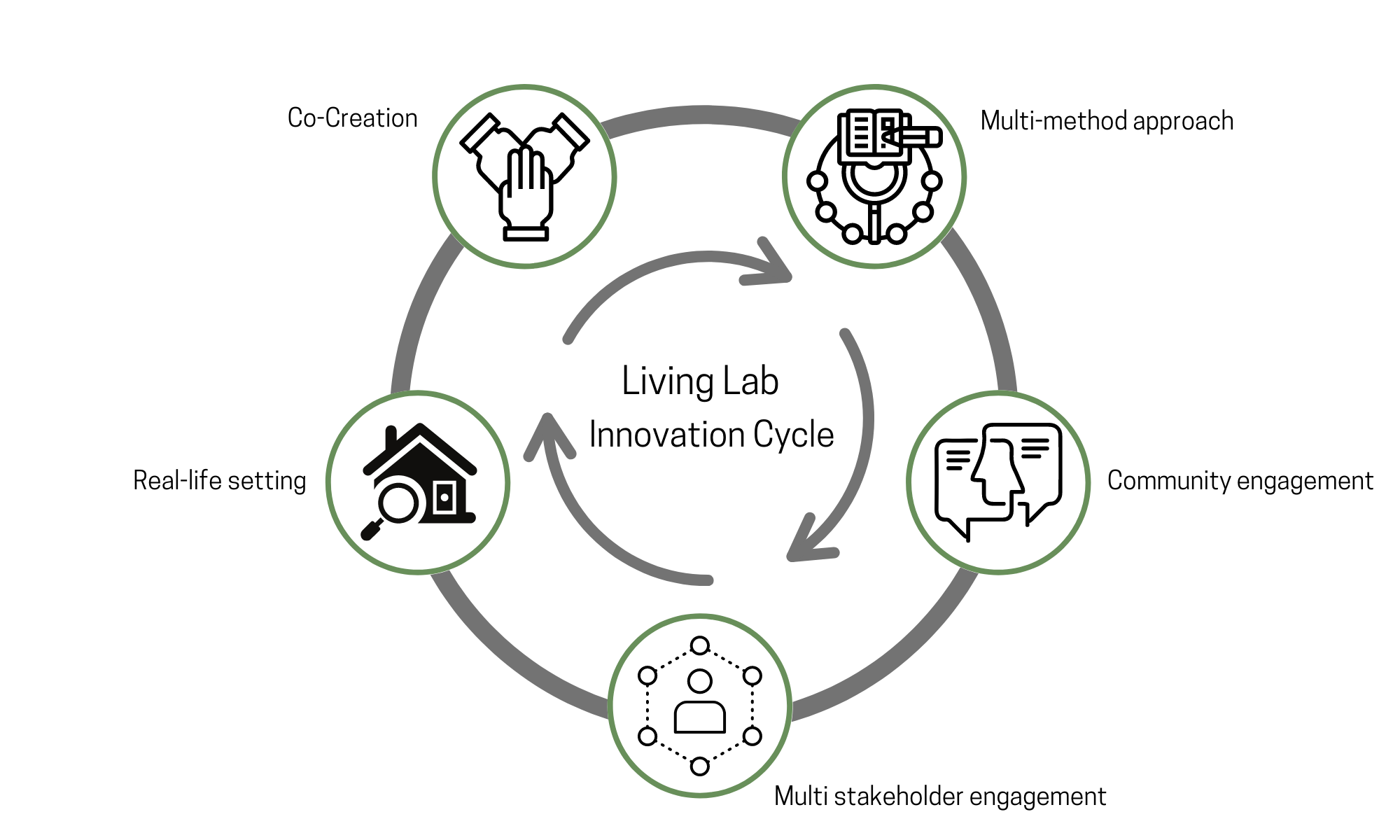
Do You Value the Box or What's In It?
The term evaluation has at its root the term value and to evaluate innovation means to assess the value that it brings in its product or process of development. It's remarkable how much discourse there is on the topic of innovation that is devoid of discussion of evaluation, which begs the question: Do we value innovation in the first place?
The question posed above is not a cheeky one. The question about whether or not we value innovation gets at the heart of our insatiable quest for all things innovative.
Historical trends
A look at Google N-gram data for book citations provides a historical picture of how common a particular word shows up in books published since 1880. Running the terms innovation, social innovation and evaluation through the N-gram software finds some curious trends. A look at graphs below finds that the term innovationspiked after the Second World War. A closer look reveals a second major spike in the mid-1990s onward, which is likely due to the rise of the Internet.
In both cases, technology played a big role in shaping the interest in innovation and its discussion. The rise of the cold war in the 1950's and the Internet both presented new problems to find and the need for such problems to be addressed.
Below that is social innovation, a newer concept (although not as new as many think), which showed a peak in citations in the 1960's and 70s, which corresponds with the U.S. civil rights movements, expansion of social service fields like social work and community mental health, anti-nuclear organizing, and the environmental movement. This rise for two decades is followed by a sharp decline until the early 2000's when things began to increase again.
Evaluation however, saw the most sustained increase over the 20th century of the three terms, yet has been in decline ever since 1982. Most notable is the even sharper decline when both innovation and social innovation spiked.
Keeping in mind that this is not causal or even linked data, it is still worth asking: What's going on?
The value of evaluation
Let's look at what the heart of evaluation is all about: value. The Oxford English Dictionary defines value as:
value |ˈvalyo͞o|
noun
1. the regard that something is held to deserve; the importance, worth, or usefulness of something: your support is of great value.
• the material or monetary worth of something: prints seldom rise in value | equipment is included up to a total value of $500.
• the worth of something compared to the price paid or asked for it: at $12.50 the book is a good value.
2. (values) a person's principles or standards of behavior; one's judgment of what is important in life: they internalize their parents' rules and values.
verb (values, valuing, valued) [ with obj. ]
1. estimate the monetary worth of (something): his estate was valued at $45,000.
2. consider (someone or something) to be important or beneficial; have a high opinion of: she had come to value her privacy and independence.
Innovation is a buzzword. It is hard to find many organizations who do not see themselves as innovative or use the term to describe themselves in some part of their mission, vision or strategic planning documents. A search on bookseller Amazon.com finds more than 63,000 titles organized under "innovation".
So it seems we like to talk about innovation a great deal, we just don't like to talk about what it actually does for us (at least in the same measure). Perhaps, if we did this we might have to confront what designer Charles Eames said:
"Innovate as a last resort. More horrors are done in the name of innovation than any other."
At the same time I would like to draw inspiration from another of Eames' quotes:
"Most people aren’t trained to want to face the process of re-understanding a subject they already know. One must obtain not just literacy, but deep involvement and re-understanding."
Valuing innovation
Innovation is easier to say than to do and, as Eames suggested, is a last resort when the conventional doesn't work. For those working in social innovation the "conventional" might not even exist as it deals with the new, the unexpected, the emergent and the complex. It is perhaps not surprising that the book Getting to Maybe: How the World is Changed is co-authored by an evaluator: Michael Quinn Patton.
While Patton has been prolific in advancing the concept of developmental evaluation, the term hasn't caught on in widespread practice. A look through the social innovation literature finds little mention of developmental evaluation or even evaluation at all, lending support for the extrapolation made above. In my recent post on Zaid Hassan's book on social laboratories one of my critique points was that there was much discussion about how these social labs "work" with relatively little mention of the evidence to support and clarify the statement.
One hypothesis is that evaluation can be seen a 'buzzkill' to the buzzword. It's much easier, and certainly more fun, to claim you're changing the world than to do the interrogation of one's activities to find that the change isn't as big or profound as one expected. Documentation of change isn't perceived as fun as making change, although I would argue that one is fuel for the other.
Another hypothesis is that there is much mis-understanding about what evaluation is with (anecdotally) many social innovators thinking that its all about numbers and math and that it misses the essence of the human connections that support what social innovation is all about.
A third hypothesis is that there isn't the evaluative thinking embedded in our discourse on change, innovation, and social movements that is aligned with the nature of systems and thus, people are stuck with models of evaluation that simply don't fit the context of what they're doing and therefore add little of the value that evaluation is meant to reveal.
If we value something, we need to articulate what that means if we want others to follow and value the same thing. That means going beyond lofty, motherhood statements that feel good -- community building, relationships, social impact, "making a difference" -- and articulating what they really mean. In doing so, we are better position to do more of what works well, change what doesn't, and create the culture of inquiry and curiosity that links our aspirations to our outcomes.
It means valuing what we say we value.








